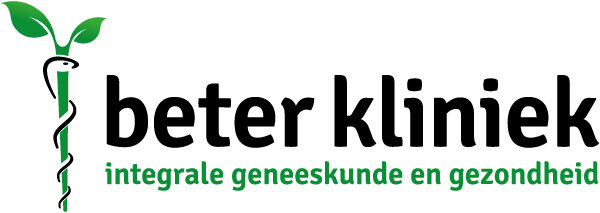Vitamin C administered intravenously in high doses was long considered an unproven treatment. Recently, more and more scientific studies are appearing that not only demonstrate the positive effect of high-dose vitamin C but also explain it.
Vitamin C orally
Humans, like great apes and guinea pigs, cannot make vitamin C. Other animals can and make respectable amounts. For example, a goat produces 13000 milligrams per day. The amount recommended for humans is little, less than 100 mg per day.
We need to take vitamin C with our diet or through supplements. Orthomolecular doctors and practitioners often recommend between 1,000 and 3,000 mg of vitamin C per day.
Deficiency (intake less as 75 mg per day) of vitamin C causes deficiency diseases of which scurvy is the most serious; it is almost nonexistent. Other, more common symptoms of vitamin C deficiency, are fatigue, lack of appetite and bleeding gums. A vitamin C deficiency can be detected in the blood.
Vitamin C intravenously
If vitamin C is intended as supportive therapy in cancer, the amount of vitamin C in the blood must be significantly higher than is possible through dietary or supplemental intake. Such an amount can only be achieved by infusion.
A therapeutic vitamin C infusion of 25 grams is comparable to the amount from 300 oranges, which is about four cases.
Why not supplement vitamin C during chemo or radiation therapy?
The purpose of chemo and radiation treatments is to destroy cancer cells; in the process, healthy cells are also killed. Cancer cells, like healthy cells, can use vitamin C to protect themselves from the chemo and radiation therapy, which is why many oncologists advise against taking supplements during treatment.
How does high-dose vitamin C work intravenously in cancer cells?
In a healthy person, an amount of vitamin C of between 40 and 80 microMol is needed to enable enzyme functions. In therapeutic doses, vitamin C levels can rise to higher than 20 milliMol, which is roughly a thousand times more.
Vitamin C is absorbed into the cells and processed by enzymes creating hydrogen peroxide, H2O2. It is a strong oxidant but does not react tremendously fast. Healthy cells have enough enzymes and antioxidants to render the hydrogen peroxide harmless before damage is done, cancer cells do not have enough of those.
Vitamin C resembles sugar
Cancer cells use sugar, glucose as a combustible, while healthy cells use oxygen. Because vitamin C is molecularly very similar to glucose, cancer cells take up the vitamin C enhanced and a high concentration arises in the deprived cells.
The vast majority of cancer cells do not contain sufficient enzymes and antioxidants to quickly remove the H2O2, and because it is a slow reactant, the concentration in cancer cells further increases. Cancer cells are thus destroyed from within, according to researchers Doskey et.al in the journal Redox Biology.
In the journal Cell Press, Joshua D. Schoenfeld et.al describe another mechanism by which high-dose intravenously administered vitamin C can kill cancer cells. They describe that the H2O2 increase in cells disrupts mitochondrial and iron metabolism causing apoptosis, cell death. They found that 800 to 1,000 times the recommended daily dose of vitamin C is safe, which is between 80 and 100 grams.
Schoenfeld's study, launched in March, further investigates the added value of high-dose vitamin C infusions in combination with chemotherapy and radiation therapy. The initial impression is positive.
Conclusion
Recent research shows that high-dose vitamin C administered intravenously, between 25 and 100 grams per infusion, can destroy cancer cells from within. It is like a Trojan horse. The cancer cell "thinks" it is taking in a protective and energy-providing molecule but receives a huge dose of H2O2 free radicals to which it can succumb. Healthy cells do not appear to suffer from this as demonstrated in research.

